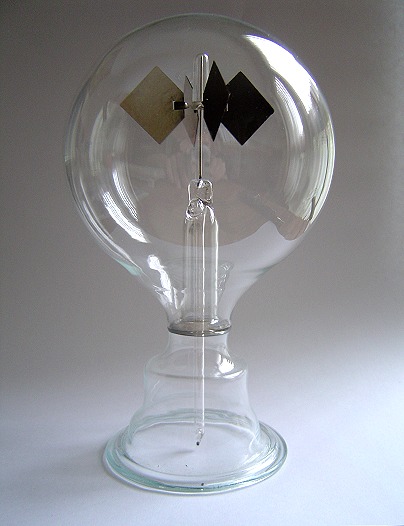|
Size: 1676
Comment:
|
Size: 2447
Comment:
|
| Deletions are marked like this. | Additions are marked like this. |
| Line 7: | Line 7: |
| A paper here: [[ http://doi.org/10.2514/6.2014-4029 | Anomalous Thrust Production from an RF Test Device Measured on a Low-Thrust Torsion Pendulum ]] | A paper here: [[ https://doi.org/10.2514/6.2014-4029 | Anomalous Thrust Production from an RF Test Device Measured on a Low-Thrust Torsion Pendulum ]] |
| Line 13: | Line 13: |
| || 28 watts, diameter 11 inches ~= 14 cm radius || 40 watts, estimated diameter 12 inches || | || 28 watts, diameter 11 inches ~= 14 cm radius || 40 watts (17 W in abstract), estimated diameter 12 inches || |
| Line 19: | Line 19: |
| Note that Device 1 is anchored to the microwave source on the right; some heat will flow out the right side, so it will be colder than the left side. | Note that Device 1 is anchored to the microwave source on the right; some heat will flow out the right side, so it will be colder than the left side. |
| Line 21: | Line 21: |
| Here is a [[ https://en.wikipedia.org/wiki/Crookes_radiometer | Crooke's radiometer ]], AKA a light mill, another device with slightly more heat on one side than the other: | The experimental setup is messy. Nice stainless steel pressure vessel, but filled with outgassing materials. The authors describe a setup with two turbopumps (no cryopump or cold trap mentioned) that requires a few days to pump down to 5e-6 torr, or about 7e-4 Pascals. That is a poor vacuum for days of pumping, so something is outgassing. If the sensor is near the pumps, and outgassing sources are closer to the device, then the pressure could be significantly higher there; perhaps a few milli-Pascals. The pumps are running during the experiment; if the experiment was clean, that would not be necessary. |
| Line 23: | Line 23: |
| {{ attachment:Crookes_radiometer.jpg }} | || {{ attachment:Crookes_radiometer.jpg | | height=200 }} || The device reminds me of a paddle in a [[ https://en.wikipedia.org/wiki/Crookes_radiometer | Crooke's radiometer ]], also known as a light mill, another device with slightly more heat on one side than the other. A detailed explanation [[https://doi.org/10.1115/IHTC14-22023 | here ]]. || |
Anomalous Thrust
Fringe space fans flock to dodgy research; learning physics and engineering in order to exploit the wonders of proven scientific phenomena is too much like work, I suppose.
One bit of dodgy research is "quantum vacuum plasma thrusters", promulgated by Harold White's group at NASA's Johnson Space Center. There may be spooky new effects here, but their experiments are not nearly detailed or careful enough to actually measure them while ruling out more likely phenomena.
A paper here: Anomalous Thrust Production from an RF Test Device Measured on a Low-Thrust Torsion Pendulum
Their test devices are shown here:
Device 1 |
Device 2 |
|
|
28 watts, diameter 11 inches ~= 14 cm radius |
40 watts (17 W in abstract), estimated diameter 12 inches |
Estimated area 0.123 m2, 230 W/m² |
Distribution of heat uncertain, |
Shiny, estimated emissivity 0.1 |
Temperature probably similar |
230 = 0.1 * 4.567e-8 * ( T⁴ - (300K)⁴ ) |
|
⇒ T = 492K ≈ 220° C |
Note that Device 1 is anchored to the microwave source on the right; some heat will flow out the right side, so it will be colder than the left side.
The experimental setup is messy. Nice stainless steel pressure vessel, but filled with outgassing materials. The authors describe a setup with two turbopumps (no cryopump or cold trap mentioned) that requires a few days to pump down to 5e-6 torr, or about 7e-4 Pascals. That is a poor vacuum for days of pumping, so something is outgassing. If the sensor is near the pumps, and outgassing sources are closer to the device, then the pressure could be significantly higher there; perhaps a few milli-Pascals. The pumps are running during the experiment; if the experiment was clean, that would not be necessary.
|
The device reminds me of a paddle in a Crooke's radiometer, also known as a light mill, another device with slightly more heat on one side than the other. A detailed explanation here. |



